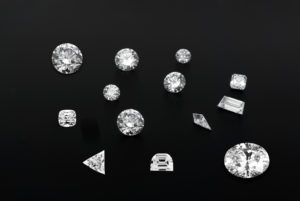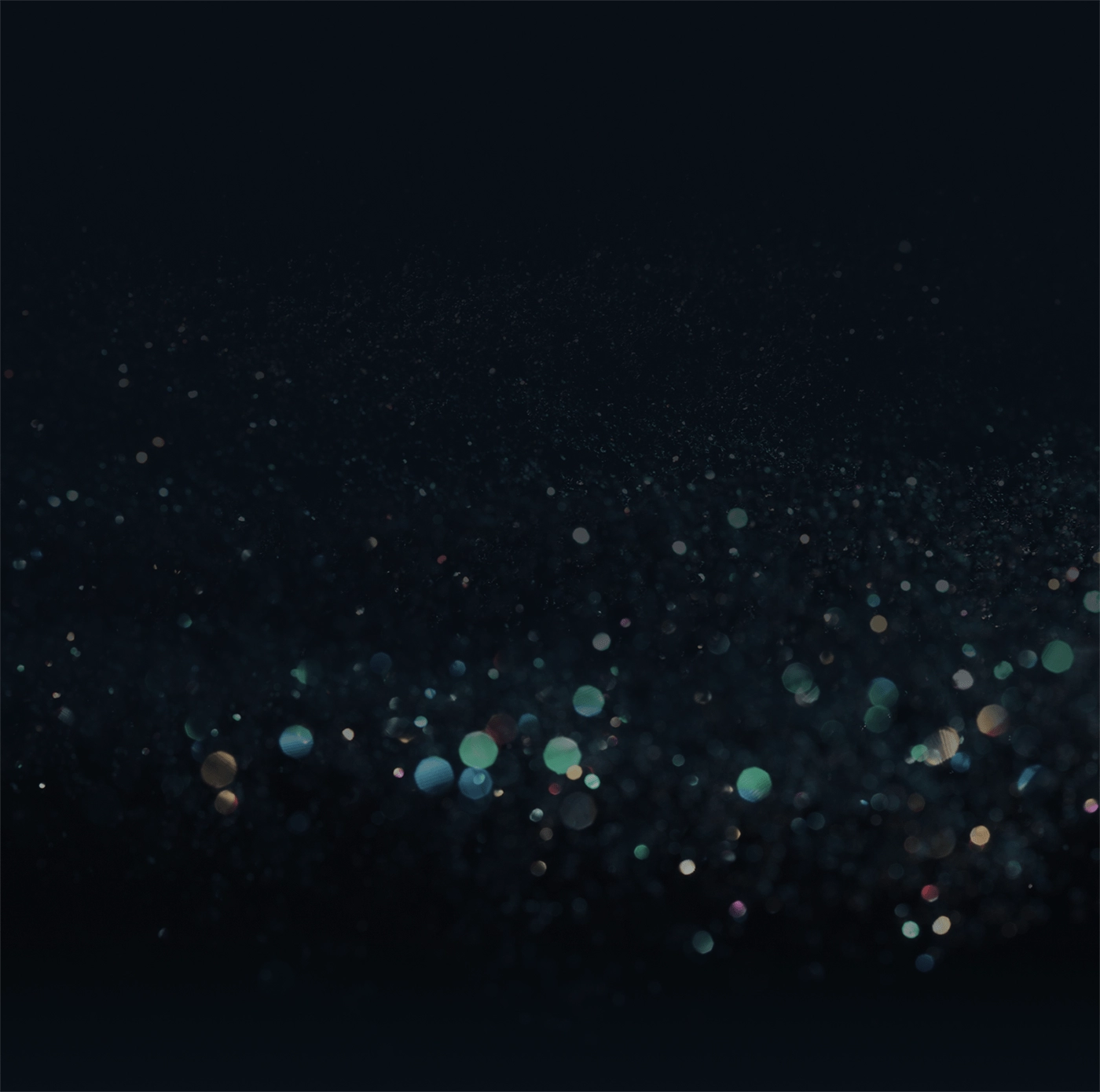How to choose a quality diamond?
In the universe of precious stones, the diamond is undoubtedly the most desired and coveted stone. You have certainly seen, touched and possibly bought some. But how sure are you of its quality? What are the main criteria to know and the pitfalls to avoid before purchasing one?

Through his passion and expertise, Benjamin Mizrahi, gemologist and founder of BenGems SA, – based in Geneva -, gives you professional and sound advice to choose a beautiful diamond which, beyond the purchase in question, will become a long-term investment.
Tout d’abord pour identifier la beauté d’un diamant, il faut analyser 4 critères principaux, appelés dans le jargon professionnel, les 4C.
C1- Colour:
Colour is probably the main element in the selection. Rated from D to Z. A diamond having a beautiful white colour will be between D (colourless, called “exceptional”) and H. From I, the colour will approach tinted yellow.
Tips: stay on high colours (D; E; F) (D; E; F) to obtain the most “whiteness” ever so that the stone sparkles and the shine is at its maximum.
Note, however, diamonds are not only white, there are also blue, pink, and yellow ones but the notion of colour rating is based on the “purity” of the white and its shades.
C2- Clarity:
Refers to the degree of purity of the stone.
A scale of purity has been established in order to classify the diamond according to its degree of purity. That scale includes the following degrees of purity: FL, FL, IF, VVS1, VVS2, VS1, VS2, SI1, SI2, SI3, P1, P2, P3.
- IF: Internally Flawless
- VVS: Very Very Small Inclusion
- VS: Very Small Inclusion
- SI: Small Inclusion
- I1: Included (Inclusions)
We speak of impurity in the diamond from PI1; Pl1; inclusions are visible to the naked eye. They alter the shine and weaken the stone.
Tips: BenGems suggests VVS2 qualities; VS1; VS2 or SI1.
A diamond can also have what we call Fluorescence. It is a luminous effect that some diamonds exhibit when exposed to ultraviolet light. They emit visible, blue light. The effect is similar to that of a white shirt in a nightclub. If you turn off the UV, there is no effect. This the same for diamonds.
Classification scale:
- None: No fluorescence
- Very slight: Very little fluorescence
- Slight or Faint: Little fluorescence
- Medium: Medium fluorescence
- Strong: Strong fluorescence
- Very strong: Very strong fluorescence
The fluorescent effect is quite popular in America.
Conversely, in Europe and Asia, it is less popular because it hinders the transparency of the stone. In cases where the fluorescence is extremely marked, called “overblue”, this can give a milky and less transparent appearance. Therefore, these diamonds are to be avoided.
Tips: BenGems does not sell diamonds with “None” fluorescence. Unless special request.
C3- Cut:
Here we are talking about the shape of the “cut grade” diamond, which combines polishing and symmetry. Rated Good; Very Good to Excellent.
The round diamond has a so-called “brilliant” cut, that is the most classic and timeless cut, which gives the most sparkle effect. There are also so-called “fancy” shapes such as cushion, pear, emerald, etc.
Sample sizes:
Tips: For a classic request, BenGems recommends the brilliant cut because this is where the diamond will sparkle at its best. For “fancy” shapes, BenGems favours the cushion (asscher cut) or oval / marquise shape, which adds volume to the stone.
4C-Carat:
Here we are talking about weight.
One carat corresponds to one of 0.2 grams in jewellery. It is a unit of measurement more precise than grams to measure the weight of precious stones and in particular that of diamonds.
Here is a small tutorial from i-diamonds allowing you to visualize the weight / size ratio: http://bit.ly/36ol0Hb
All of these criteria are grouped together in the diamond “passport” more commonly known as its Certificate. The certificate is a guarantee of quality, protecting you from possible deception or forgery. Note that a certificate is only valid if it is prepared by a qualified professional.
BenGems only offers diamonds with a certificate from the most recognized laboratories such as GIA, HRD, Gübelin Gem Lab, SSEF or GemTechLab in Geneva. The above-mentioned laboratories offer laser engraving of an identification number on diamonds.
GIA : Gemological Institute of America
HRD : Diamond High Council – Hoge Raad Voor Diamond in Antwerp, Belgium
Always ensure that the diamonds come from recognized laboratories.
We could also identify 5th C, not mentioned in the certificate and yet essential: that of the trust that binds the seller to his client. For BenGems, customer relations are the fundamental and privileged mainstay of its work.
BenGems recommends that you only choose gems of the very highest quality (D or E for Color, IF or VVS for Purity and Excellent size). In terms of weight, the larger the stone is, the rarer it is and the greater its increase in value over time.
Diamonds remain the hardest mineral in the world, therefore they can be transformed into a valuable jewelry, which can represent an excellent long-term investment.
